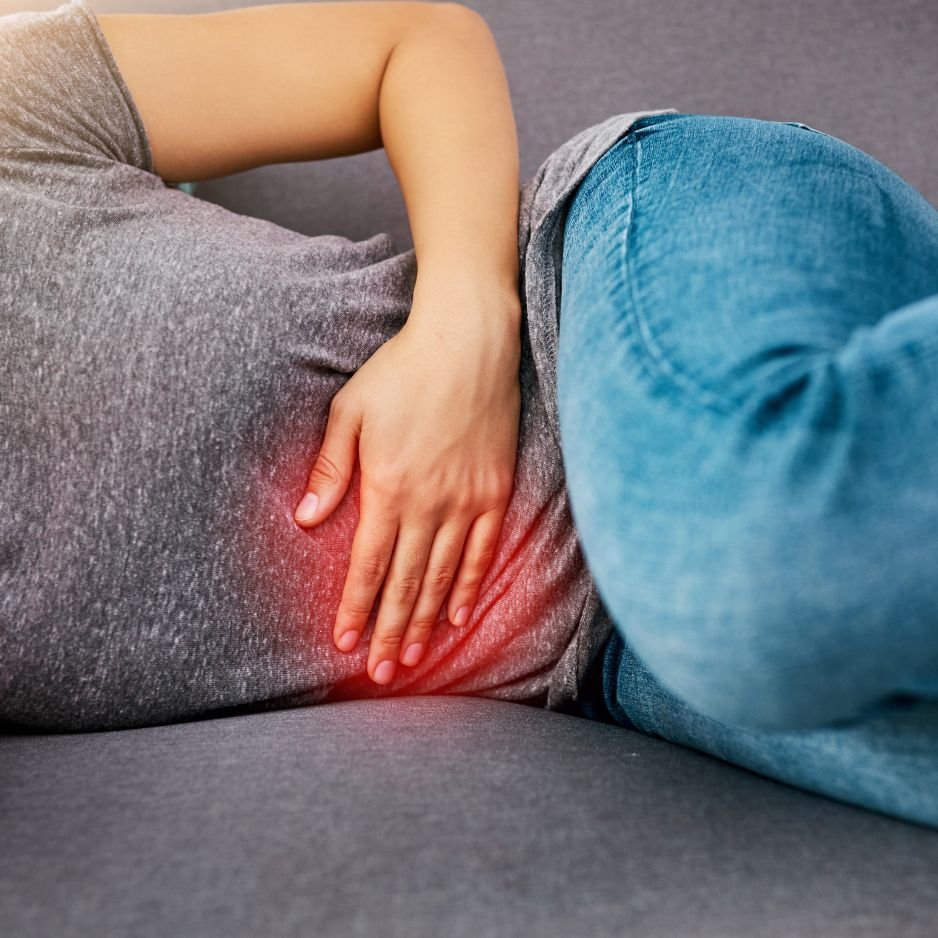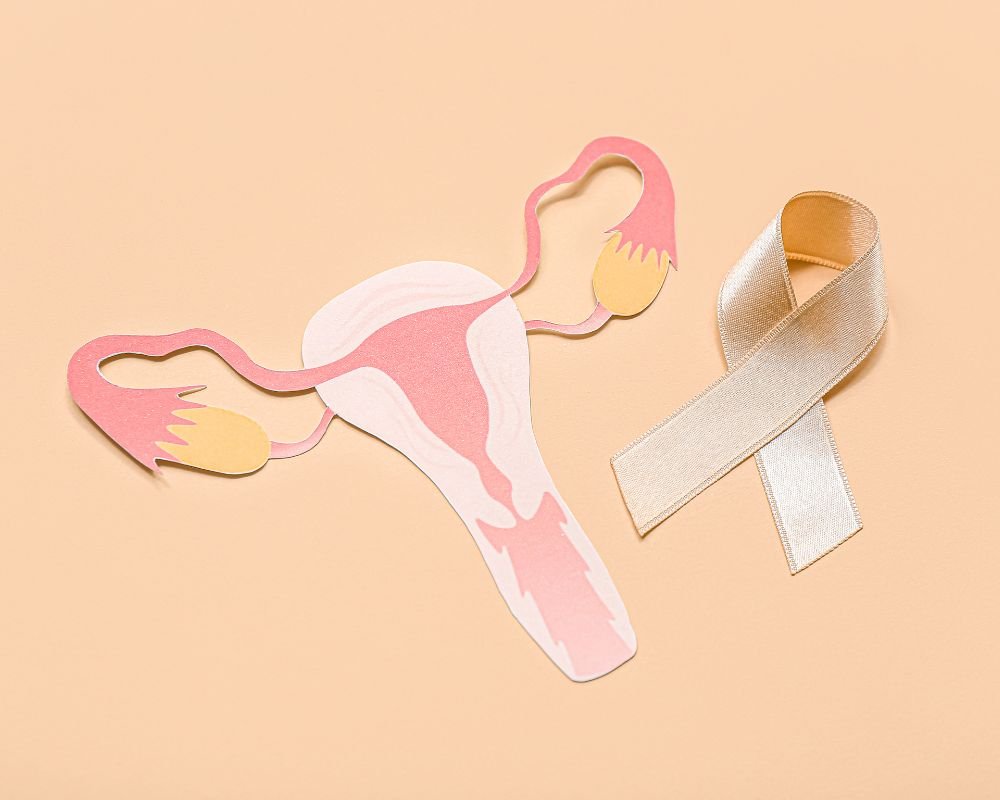
Fibroids: 10 Most Common Questions Answered by a Gynaecology Expert
Fibroids are one of the most common reasons women seek gynaecological advice — yet many still feel uncertain about the causes, symptoms, and treatment options. At Ovara Health, we believe in empowering women with accurate, compassionate information. Here are the top 10 questions our patients ask about fibroids — answered by Mr Amer Raza, Consultant Gynaecologist and Robotic Surgeon.
1. What are fibroids?
Fibroids are non-cancerous growths made of muscle and fibrous tissue that develop in or around the womb (uterus). They are also known as uterine leiomyomas. Most fibroids are harmless, but depending on their size and location, they can cause troublesome symptoms.
2. What are the different types of fibroids?
Fibroids are classified based on their location in the uterus:
- Intramural fibroids – within the muscular wall of the uterus (most common)
- Submucosal fibroids – just under the lining of the womb; can distort the cavity
- Subserosal fibroids – on the outer surface of the uterus
- Pedunculated fibroids – attached by a stalk inside or outside the uterus
- Cervical fibroids – located in the cervix (less common)
Each type may present differently and influence treatment decisions.
3. What are the most common symptoms of fibroids?
Many fibroids cause no symptoms. When they do, common signs include:
- Heavy or prolonged periods
- Pelvic pressure or pain
- Bloating or abdominal swelling
- Frequent urination
- Constipation
- Pain during intercourse
- Infertility or difficulty conceiving
4. How are fibroids diagnosed?
Diagnosis typically involves:
- Pelvic examination – to detect an enlarged or irregular uterus
- Ultrasound scan – the first-line imaging to assess fibroids
- MRI scan – for detailed mapping of large or multiple fibroids
- Saline sonography or hysteroscopy – in selected cases, to look inside the womb cavity
At Ovara Health, we offer in-house ultrasound and access to advanced pelvic MRI imaging when required.
5. Do fibroids affect fertility?
Fibroids can sometimes interfere with fertility, especially submucosal or large intramural fibroids that distort the womb lining. They may also increase the risk of miscarriage or complications in pregnancy. Not all fibroids need treatment before conception, but assessment by a fertility-aware gynaecologist is crucial.
6. What are the medical treatments for fibroids?
Several non-surgical options may help manage symptoms:
- Tranexamic acid or NSAIDs – to reduce heavy bleeding
- Hormonal contraception – such as the pill or hormone-releasing intrauterine systems (IUS)
- GnRH analogues – injections that temporarily shrink fibroids (short-term use)
- Selective progesterone receptor modulators (SPRMs) – such as ulipristal acetate (use now limited)
These treatments do not remove fibroids but may help relieve symptoms or shrink fibroids prior to surgery.
7. What is uterine artery embolisation (UAE)?
UAE is a minimally invasive radiological treatment. A catheter is inserted into the groin and tiny particles are used to block the blood vessels supplying the fibroids, causing them to shrink.
It can be a good option for women wishing to avoid surgery, although it is generally not suitable for those who want to maintain fertility.
8. What is Sonata treatment for fibroids?
Sonata is a non-invasive, incision-free procedure that uses high-intensity ultrasound waves to heat and shrink fibroids. It is performed via a thin device inserted through the cervix, and many women can return home the same day.
Not all types of fibroids are suitable for Sonata, but it is a promising treatment option for selected patients with smaller fibroids.
9. When is fibroid surgery needed — and what are the options?
Surgery is often considered for:
- Severe or persistent symptoms
- Large or multiple fibroids
- Concerns about fertility
Surgical options include:
- Myomectomy – removal of fibroids while preserving the uterus
- Hysterectomy – removal of the uterus (considered in specific cases)
At Ovara Health, we offer laparoscopic (keyhole) and hysteroscopic surgery depending on the fibroid’s type and location. We aim to preserve the uterus whenever possible.
10. What is robotic surgery for fibroids — and why is it used?
Robotic surgery is an advanced form of keyhole surgery offering:
- Greater surgical precision
- Minimal blood loss
- Faster recovery times
- Improved outcomes in complex cases
Mr Amer Raza is one of the UK’s leading robotic gynaecologists. He regularly performs robotic myomectomy for large or complex fibroids that may be more challenging to remove with traditional laparoscopy.
When should I see a specialist?
If fibroids are affecting your quality of life, fertility, or emotional wellbeing, it is time to seek professional support. Our experienced team at Ovara Health provides comprehensive fibroid care — from diagnosis to advanced surgical treatment — tailored to your individual needs.
We’re based in West London and offer flexible appointments including evenings and weekends.
Book online at www.ovarahealth.co.uk or contact our team to speak directly with one of our specialists.


